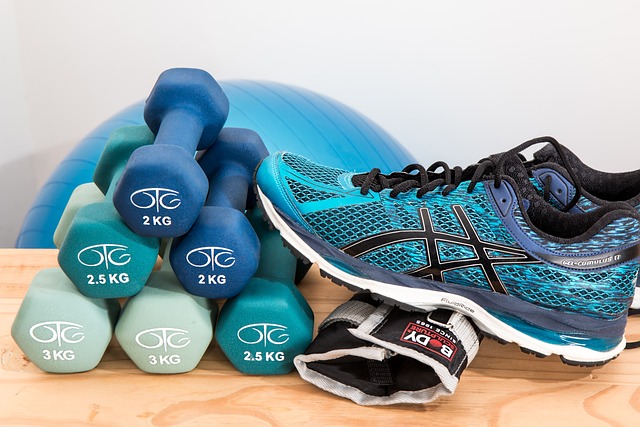By WIN Health Provider: Jeffrey Dill, Physiotherapist
It’s that time of year: The weather’s getting warmer, the flowers are blooming, and people will be putting on their running shoes to hit the roads!
If this sounds familiar, then this short blog is for you!
As a runner, I’ve had my share of running injuries, which is part of the reason why I became a physiotherapist.
What I’ve learned over the years is that running, albeit a fantastic exercise, should be coupled with strength training for numerous reasons.
The cardiovascular and mental benefits of running have been well researched and don’t need to be rehashed, but having sufficient strength is also critical to avoid picking up an injury.
Since running places significant loads on our joints (specifically our ankles, knees and hips), the muscles surrounding those joints need to be strong enough to withstand the thousands of repeated steps we take during a run.
Did you know, running can place up to 7x your body weight through your Achilles tendon, and 5x body weight through your knee joint? That’s a lot of load!
If the muscles surrounding those joints are stronger, they can absorb more of that load and reduce the load placed on the joints.
Therefore, strengthening should be incorporated into your training routine to minimize your injury risk, as well as to:
Improve your performance (for those focused on specific time goals)
Improve your running form
Increase the load capacity of your tendons & muscles
Reduce load on our joints
Here are four exercises you can do before or after a run to get the above benefits:
*Do note, if you’re using these exercises for pre-run activation, use lighter weight/resistance and perform only 1 set. If you’re using them for strength purposes, perform after your run, use higher resistance levels/bands, and perform 2-3 sets of 8-12 reps, 2-4x/week*
Banded deadlifts: Use a thick exercise band (or dumbbells if you don’t have a heavy band). Stand on the band, hinge forward from your hips and grab the band as low as is needed to have sufficient tension. Hinge forward, keeping knees relatively straight, pushing your hips slightly back, and then squeeze your glutes as you straighten back up. Repeat 20x. You should feel this in your glutes, not your quads.
Monster walks: Put an exercise band around the middle of your feet, stand tall, then sidestep to one side as far as is possible, then side step back. Be sure to push out through your heel, while side stepping. Try to aim for around 15-20 steps to each side, 1 set if doing pre-run, 2-3 if doing post-run.
“Marching” against the wall: Put an elastic band around your feet and stand about 3 feet from the base of a wall. Lean forward and put your hands on the wall around shoulder level. Flex one hip up until your thigh is parallel to the ground, ensuring to pull the toes of your lifting leg up, so your foot is also parallel to the ground. Pause for 1 second then return to the ground. Repeat with the other leg, for a total of 8-12/leg.
Step ups with weight: Using a bench or set of stairs, hold weights in each of your hands (if able) and step up onto the step with your right leg, bringing your left foot up to meet it, then step down with your left. When stepping up, be sure to place more weight through the back half of your foot to engage more of your gluteal musculature versus your quad. Repeat 10x on each leg. Note: research shows this is one of the best exercises for glute max activation, making it a fantastic exercise both pre-run, OR after a run.
Give these exercises a try, and let me know which is your favourite and how it positively impacts your running in the coming weeks!


